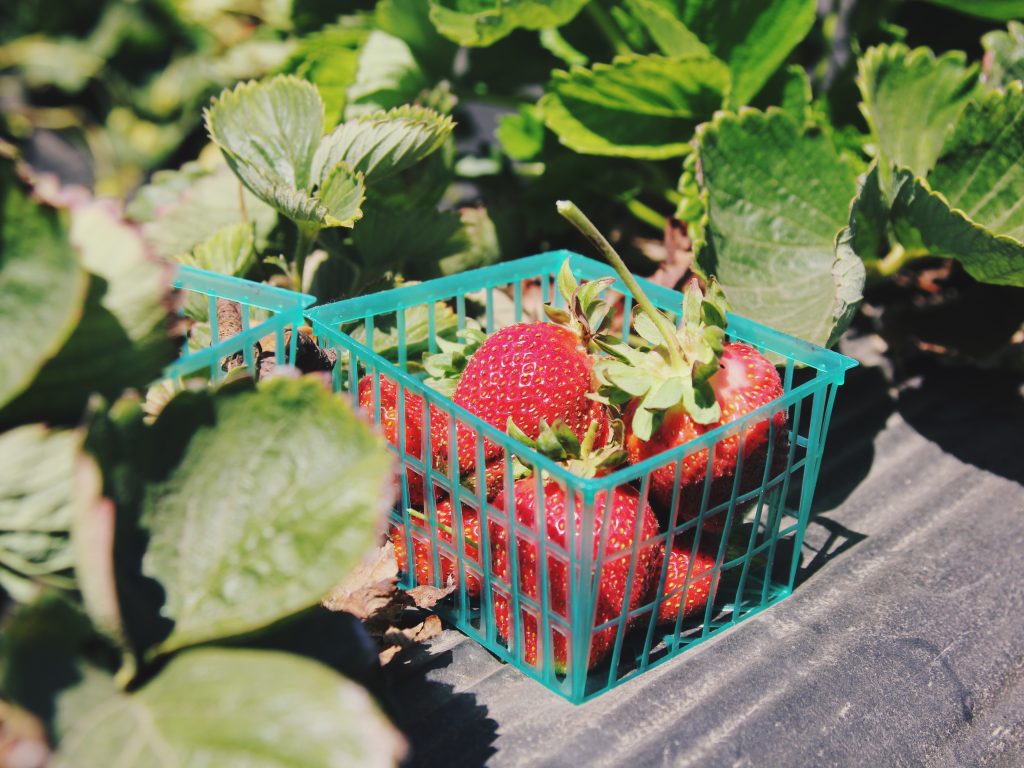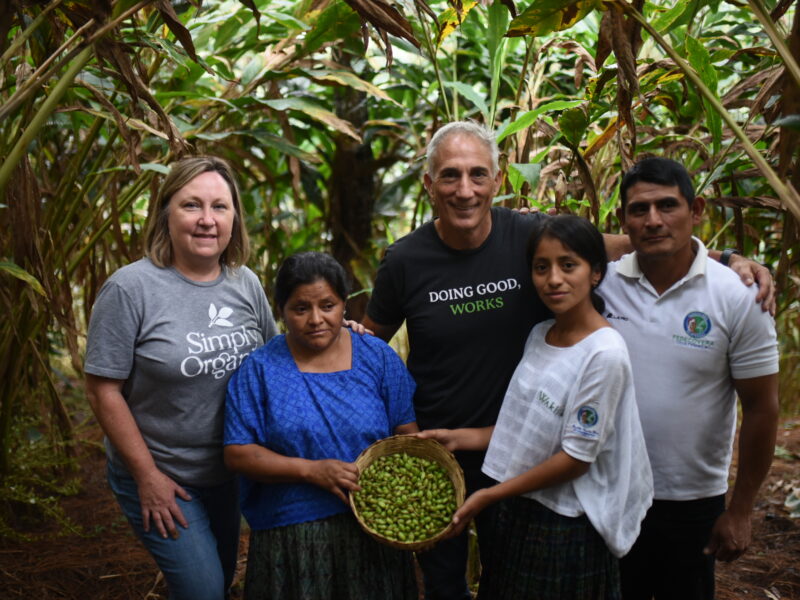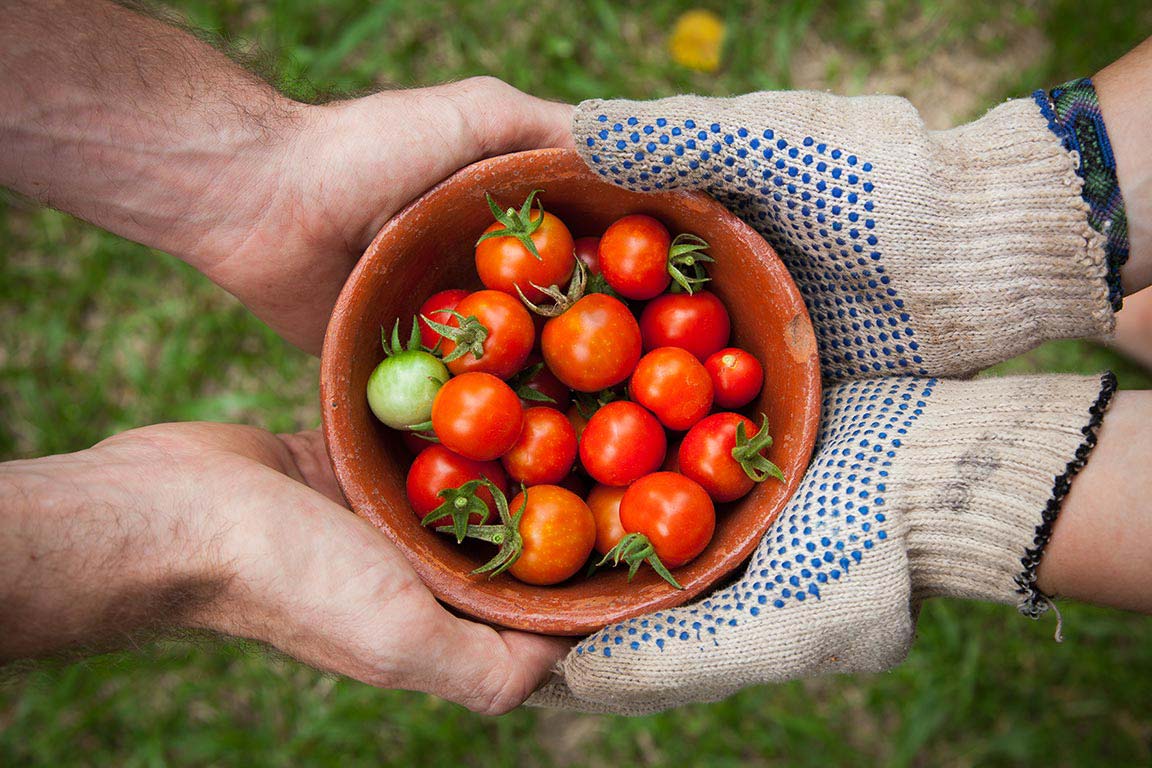Organic farmers grow and process foods by following guidelines established by the U.S. Department of Agriculture to ensure sustainable practices and animal welfare. Some common organic strategies and tactics:
Soil: Organic farmers maintain the health of their soil by using manure or compost and other organic material instead of synthetic fertilizers. Biological fertilizers like compost, release nutrients slowly, build up organic soil matter, increase the capacity of soil to retain moisture and reduce leaching of nitrates into groundwater. Up to 40 percent of synthetic fertilizers used on conventional farms end up in ground and surface waters, eventually polluting rivers, lakes, and oceans.
Beneficial insects: Some organic farmers introduce beneficial insects such as ladybugs, soldier beetles, green lacewings, big-eyed bugs and beneficial nematodes that eat harmful insects.
Crop rotation: Organic farmers often do not grow the same crop on the same field year after year. Crop rotation naturally replenishes the soil because as different plants contribute varying nutrients to the soil. Disrupting the habitats of insect pests and weeds helps control them.
Buffers: Organic farmers designate the edges of their land as buffer zones. This means the land is managed in accord with organic practices, but the crops grown on them aren’t sold as organic because some plants in the buffer may have been exposed to genetically engineered crops or chemicals used in conventional agriculture but barred for organic farms.
Cover Crops: Cover crops such as clover, rye, and wheat are planted between growing seasons to help replenish the soil with nutrients and prevent soil erosion. They also help maintain populations of beneficial insects. Cover crops can control weeds by smothering and shading them and outcompeting them for nutrients.









